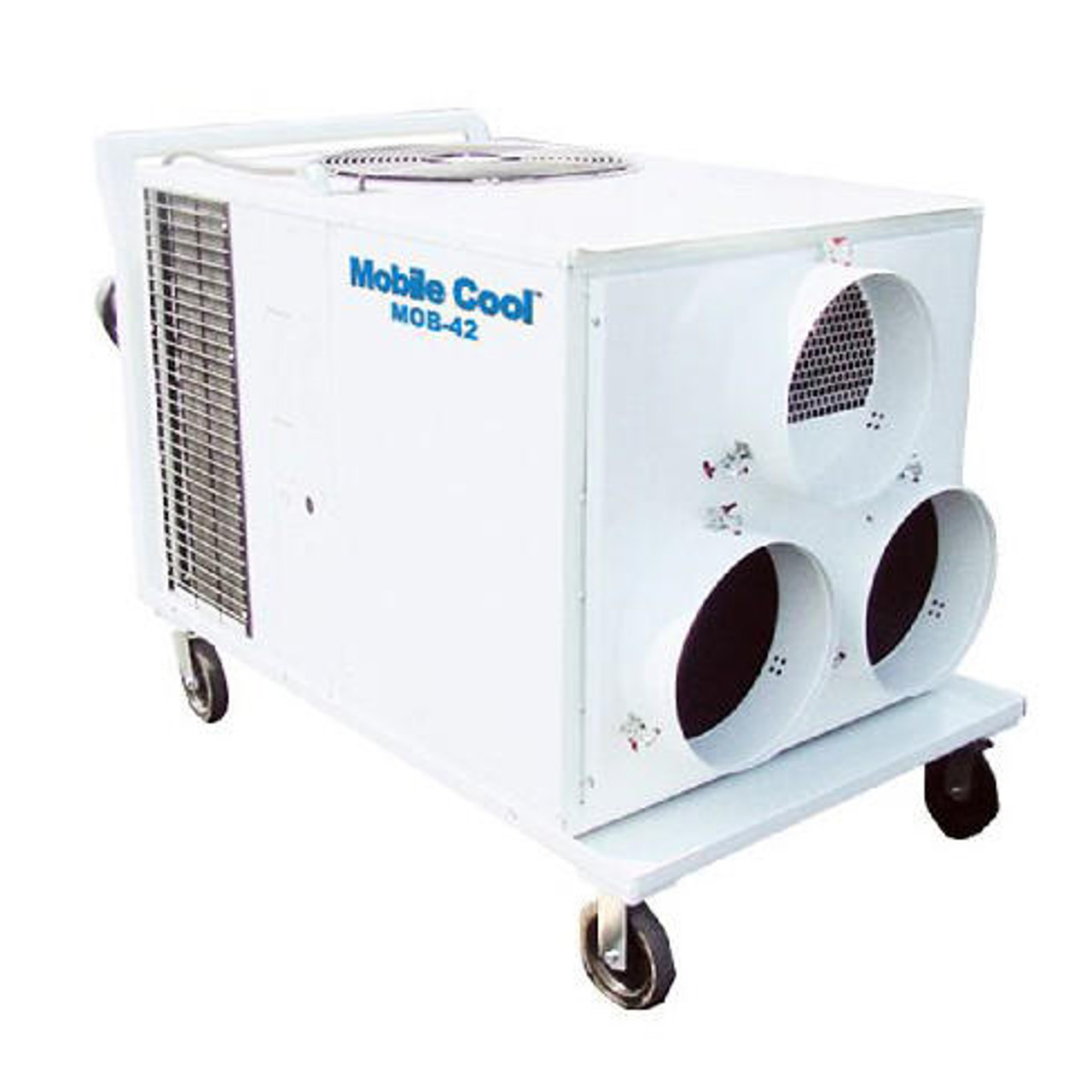Portable Air Conditioners: How They Work
Posted by NorthStock, Inc on May 23rd 2024
Portable Air Conditioners: How Do They Work?
Portable AC units give you the ability to cool and dehumidify any space. You can stay comfortable while your AC is being repaired simply by rolling a portable AC unit into the building. All it needs is a source of electricity and somewhere to route the heat exhaust hose. Considering how effective and versatile they are, it's natural to wonder "How do portable AC units work?"
Good question. Each little unit is a miniaturized version of the full-scale AC units installed in most businesses. NorthStock can guide you on a step-by-step tour of what's inside a portable AC unit and how the components work together to beat the heat in any room or space.

Understanding the Basics of Cooling
The way an AC cools has to do with refrigerant fluid and thermodynamics. In simplest terms, cold is the absence of heat, so cold is created by removing heat, which is then sent away through the exhaust hose.
Coolant fluid absorbs heat, expands, and is then compressed to release heat and generate cold air. The cold fluid is then run through coils which become chill, and air is passed over the coils to create cold air. That cold air is then blown out through the vents to provide the effects of air conditioning.
Excess heat and moisture produced in this process leave the room through the exhaust hose, and moisture in the form of condensation is collected in a reservoir within the portable AC.
Components of a Portable AC Unit
Portable ACs can be designed in different ways, but there are a few essential components that are shared in every design.
- Refrigerant
- Absorbs and transfers heat efficiently to create cold.
- Evaporator Coils
- The refrigerant turns from liquid to gas, absorbing heat in the evaporator coils.
- Evaporator Fan
- The fan blows warm air from the space over the cold evaporator coil, cooling the air and circulating it into the room.
- Compressor
- Raises the pressure of refrigerant, forcing it into a hot, high-pressured gas.
- Condenser Coil
- Condenser coils are used to cool down hot refrigerant, so that it releases heat and turns from gas to liquid.
- Condenser Fan
- The fan blows air over the warm condenser coil, cooling the refrigerant inside.
- Exhaust Hose
- The exhaust hose carries air that transfers heat from the condenser out of the space.
The Portable AC Cooling Process Explained
- Heat from the room is absorbed into the refrigerant in the evaporator coil.d
- Air is blown over the cold evaporator coil to create the AC effect.
- The warmed refrigerant is passed through the compressor to turn it into a high-temperature gas
- When the refrigerant gas reforms into a liquid in the condenser, it releases heat into the exhaust system, transferring the heat from the room
Ventilation and Air Circulation in Portable AC Units
Portable AC units require proper ventilation and air management. Portable AC units require at least one exhaust duct or hose which allow them to send excess heat outside the room.
Energy Efficiency Of Portable ACs
There are several ways you can increase the energy efficiency of your portable AC.
- Keep the filter clean
- Regularly clear the water reservoir
- Seal and insulate the space you are cooling
- Seal the exhaust hose exit
- Keep your portable AC unit maintained
Shop Commercial Portable AC Units from Northstock
There are many situations where a portable AC unit is useful and efficient. You can find the right portable AC unit for your needs at NorthStock. Contact us today to learn more.